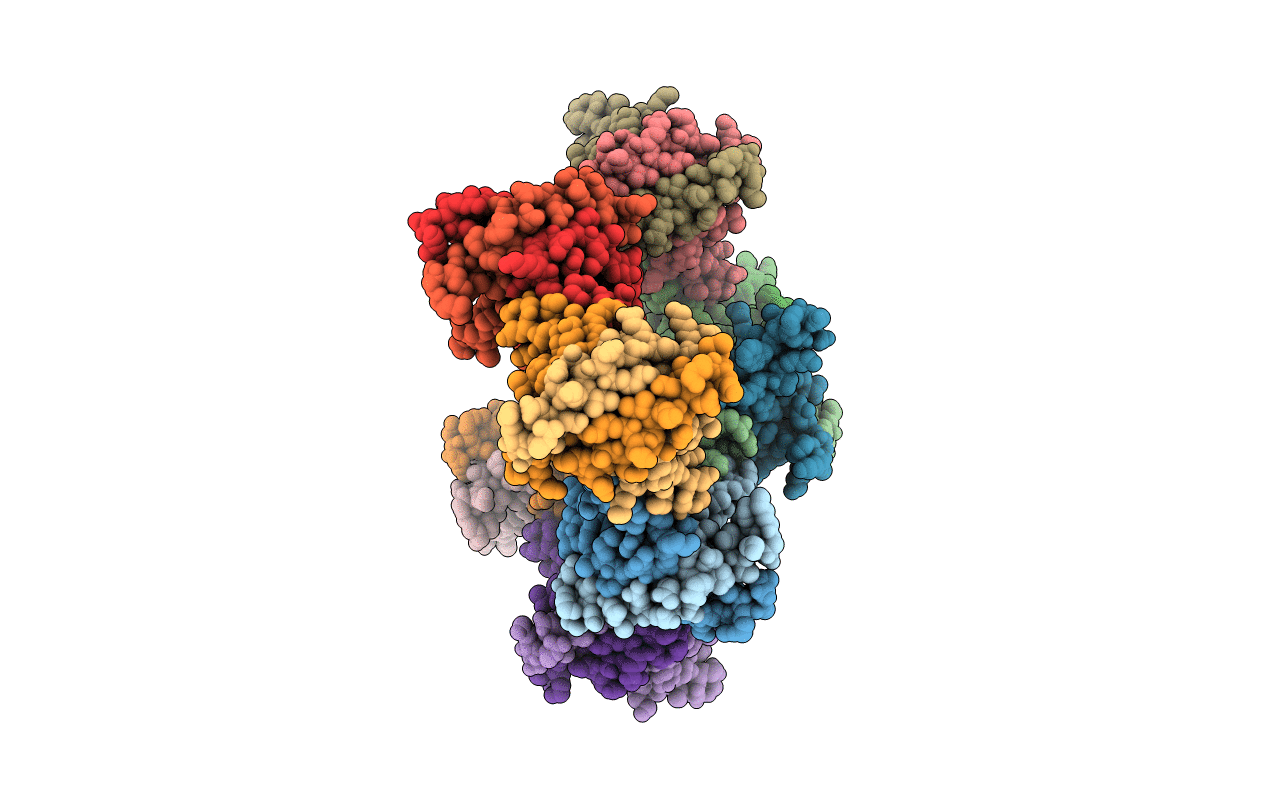
Deposition Date
2021-02-15
Release Date
2021-09-22
Last Version Date
2023-11-29
Entry Detail
PDB ID:
7E4W
Keywords:
Title:
Human Transcriptional Co-activator PC4 (C-terminal Domain) in space group P1211
Biological Source:
Source Organism:
Homo sapiens (Taxon ID: 9606)
Host Organism:
Method Details:
Experimental Method:
Resolution:
2.90 Å
R-Value Free:
0.27
R-Value Work:
0.22
R-Value Observed:
0.23
Space Group:
P 1 21 1


